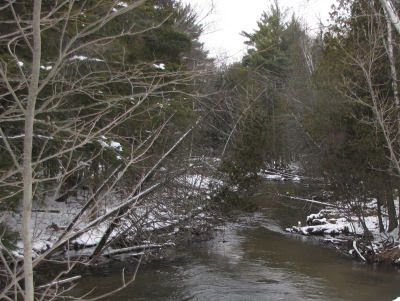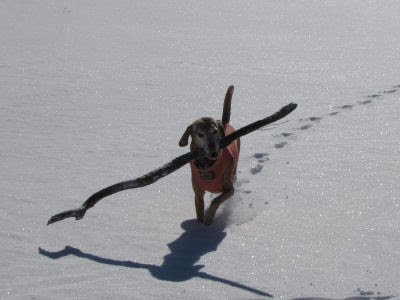
Where do you think I found these?

How about these? What do you think they are?

This one is my favorite.
See the answer at Where Are We Today?
a personal list of elements that help me remember that any day will have some redeeming quality
| Sign up to receive the Books Leaving Footprints Newsletter. Comes out occasionally. No spam. No list swapping. Just email me! jhyshark@gmail.com Previous gifts include a short story, a poem, and coupons. Add your name, and don't miss out! |




 About all I can really say is that it is walking in an alternating pattern, and it's doing it really consistently. This animal never changed its gait as it wandered all over. It had no concerns about being out in the open. I think the choices are a skunk or a raccoon. Based on the length of the strides, I'm guessing a raccoon
About all I can really say is that it is walking in an alternating pattern, and it's doing it really consistently. This animal never changed its gait as it wandered all over. It had no concerns about being out in the open. I think the choices are a skunk or a raccoon. Based on the length of the strides, I'm guessing a raccoon

| See New Tracks, New Tracks! for clear raccoon tracks in light snow
See Our Common Mustelid for clear skunk tracks in light snow |
 Just in case, for some odd reason, you didn't like the sun pillar in orange, I'm happy to provide you with one in pink. Yup... we had another one this morning. And I have a bit of an answer to the question about how long they last. This one, at any rate. I was getting a cup of coffee at 7:38 and looked out the kitchen window. I THOUGHT I was seeing the faint beginnings of a pillar forming, so I went and got the camera. I took my first picture at 7:39.
Just in case, for some odd reason, you didn't like the sun pillar in orange, I'm happy to provide you with one in pink. Yup... we had another one this morning. And I have a bit of an answer to the question about how long they last. This one, at any rate. I was getting a cup of coffee at 7:38 and looked out the kitchen window. I THOUGHT I was seeing the faint beginnings of a pillar forming, so I went and got the camera. I took my first picture at 7:39.



| See Sun Pillar from 1999
See Sun Pillar |





| See Walking at Ward Hills |







| See Baby Trees in Winter Dress
See The Trees are Growing |
 There were so many good comments and questions about the sun pillar, that I went hunting for that older picture. As you can see, I found it. I knew I had written about it before, and that was in December 2005. At that time, I was the web site manager for the North Country Trail Association, and did a near-daily news item.
There were so many good comments and questions about the sun pillar, that I went hunting for that older picture. As you can see, I found it. I knew I had written about it before, and that was in December 2005. At that time, I was the web site manager for the North Country Trail Association, and did a near-daily news item.
"My wife and I live in a fairly rural community and we see these "sun pillars" often in the morning when going to our jobs. It is probably due to the fact we both are driving east south-east directly into the rising sun and yes, it is during the colder winter months when we see them. They are awesome. We observe about a dozen a year. We'll even stop both our vehicles on a back country road on the way to work and observe them together and discuss how unusual they appear to be."
| See Sun Pillar |






| See John Henry of the 21st Century- Part 2
See John Henry of the 21st Century- Part 1 |


| See John Henry of the 21st Century - Part 1 |



